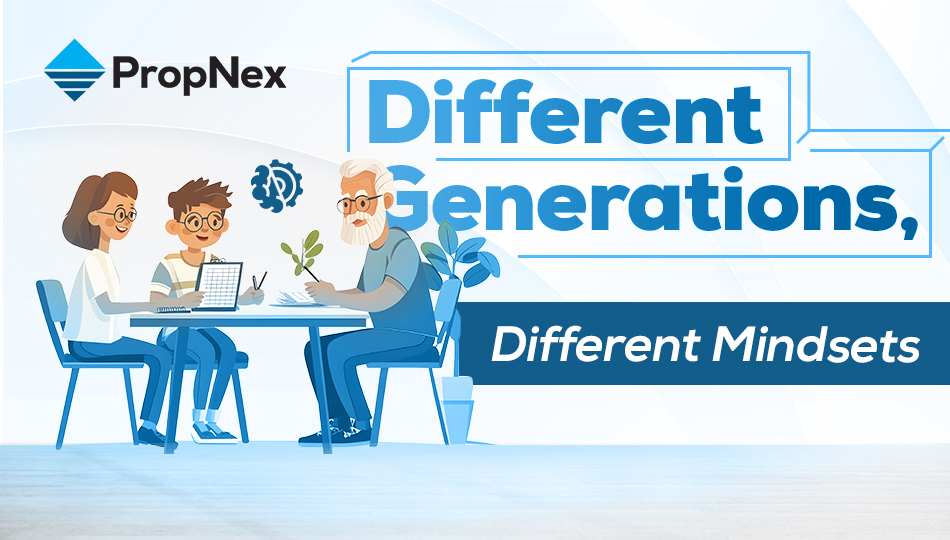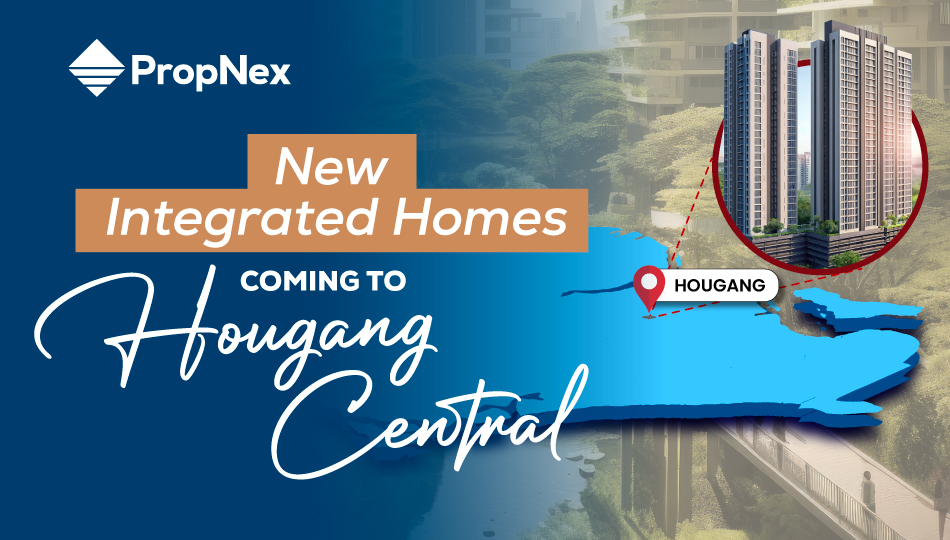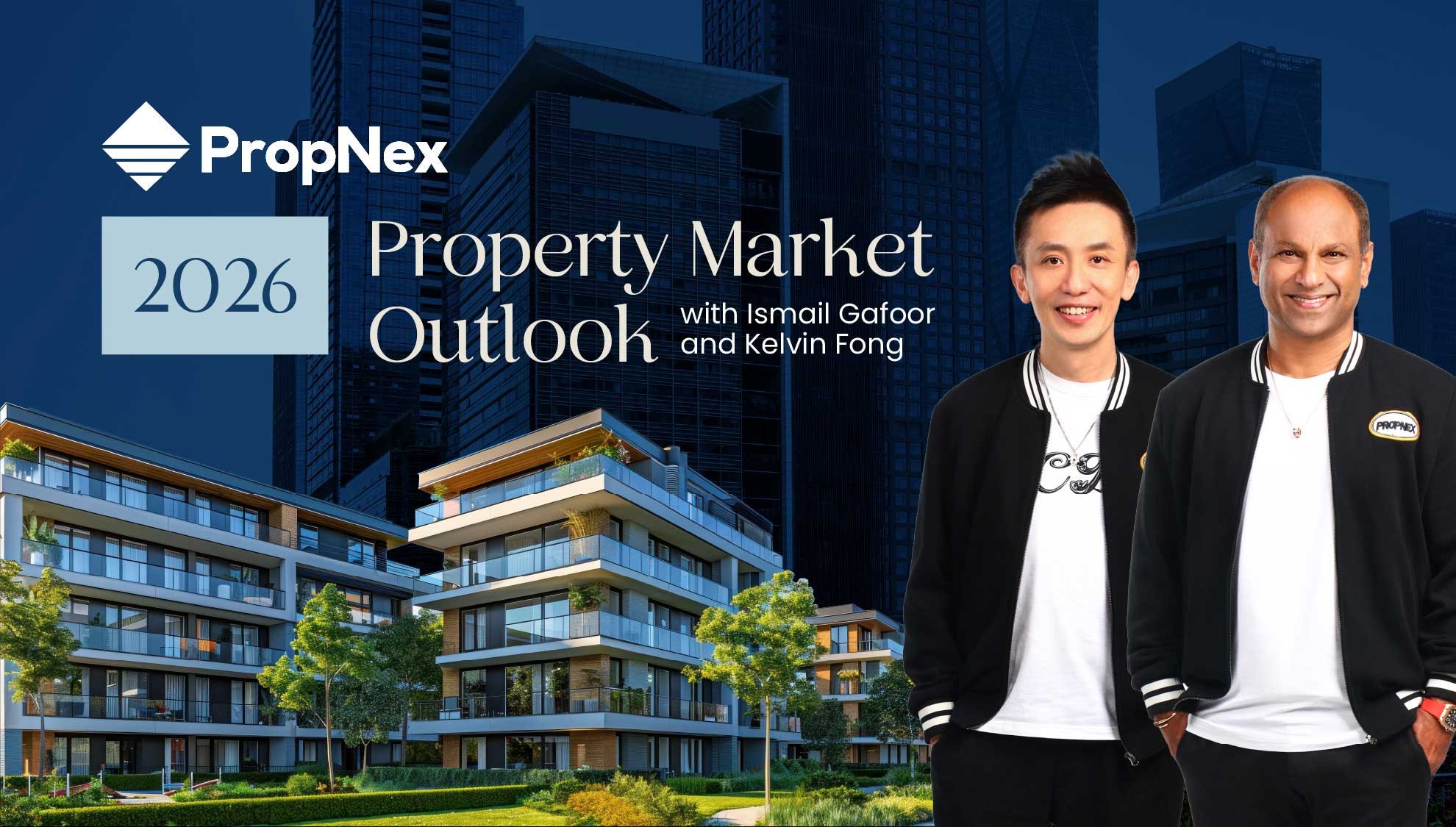Rethinking and Optimising Office Space Post-Pandemic
By Norris Low and Wong Siew Ying
A common saying goes: work is something you do, not a place you go to. This, perhaps is resonating more loudly now in the era of telecommuting and flexible work. Rather than ditching the workplace, however, firms are rethinking their real estate needs and setting the office up as a nexus of collaboration.
To be sure, the physical office space has seen its fair share of changes, even before Covid-19 hit. It has evolved from the fluorescent-lit office floor lined with cubicles, to open-planned offices with activity-based workspaces, to biophilic office design, as well as the rise of coworking spaces that have appealed to so many young entrepreneurs.
Having to pivot to largely a work-from-home arrangement during the Covid-19 pandemic lockdowns, occupiers have gained insights on their operational needs, digital capabilities, and areas where they fell short. While remote working was foisted upon them in 2020, many companies have decided to continue to offer such flexi arrangement to staff post-pandemic.
How much space do I need?
Generally, an employee will require an average space of about 100 to 120 sq feet. This figure could be higher depending on the nature of the business. For instance, professional consultancy firms or law firms may need more space for meetings rooms and private offices for key executives. By that estimate, a firm with 100 employees could be looking at an office space spanning 10,000 to 12,000 sq ft.
However, certain corporate real estate utilisation strategies may either push space needs up or take it down a notch. They include:
1. Hot-desking
Providing hot-desking options – where staff have no assigned seating - will help to free up space, particularly under-utilised ones. Upon assessing their business needs and space utilisation, occupiers may opt to undertake hot-desking across the business, or perhaps for a certain section of the office.
For example, hot-desking can be adopted for sales people who are frequently out of the office. Instead of assigned seats, a hot-desking area can be set aside for these employees, thereby freeing up space, where their empty desks once sit, for other uses. In turn, lockers can be provided to staff to store their personal items.
Another plus point for hot-desking is that it can help to foster collaboration and support cross-functional work. The idea is that such an arrangement gives employees an opportunity to sit with co-workers from other teams, and perhaps engage in conversations that will spark new work ideas.
2. Activity-based working (ABW)
ABW is a workplace design concept that provides a variety of work settings in the office to cater to different work activities and how people do their work. To some extent, ABW can work hand-in-hand with hot-desking, by re-purposing the freed-up space for other uses.
For instance, an office could have designated areas for focused work, where phone calls and loud discussions are discouraged. Certain areas could be designed as social hubs with a café-style setting, where employees can mingle, or have huddle rooms (less formal meeting spaces) for team discussions. Some companies also dedicate a sizable area to the staff pantry, offering a conducive space to encourage bonding and foster a sense of community.
Meanwhile, to optimise space utilisation, certain areas can have multiple uses. A relatively generous guest reception area could double up as a gathering spot for town hall meetings or a place to host client events.
3. Work from home (WFH) hybrid / work from anywhere
As employers and employees embrace hybrid working, it presents an opportunity for companies to review their space needs, and consider if it is possible to convert some spaces for other uses or to adopt hot-desking. Firms with a formalised WFH structure – eg. 3 days on-site and 2 days from home, and staggered from department to department - may be able to reassess the space required since not every employee will be at the office at the same time.
4. Augmenting with coworking spaces
With the proliferation of coworking spaces, in and outside of the city centre, companies could opt to have a moderately-sized main office in the central business district – keeping rentals more manageable - while taking advantage of coworking spaces elsewhere for remote working. This will enable staff to work in a coworking location that is closer to their home, and keep the main office for client meetings or workers who need to be in the CBD due to the profile of clients they serve or nature of their work.
Coworking spaces can also function as temporary swing space when companies search for a suitable office location or when their existing office is being renovated. Such spaces can also be useful in accommodating an increase in headcount due to the onboarding of new projects.
5. Hub and spoke concept
Another approach could be the hub and spoke method where businesses locate their headquarters or main office in the city, and have satellite offices in the suburban areas. For example, financial institutions usually maintain a prominent presence in the CBD, but have their back-end operations or support functions in business parks elsewhere. Companies may also adopt this approach if they are required to maintain a prestigious CBD address for branding purpose, but wish to be closer to their clients who may be clustered at a certain location outside the city.
6. Core and flexible space
The concept of having both core space and flexible space within a building can help occupiers better manage changes in the business cycle or organisational needs. For instance, a company can opt to occupy say, 7,000 sq ft of traditional office space (core space) on a longer lease tenure, while having another 2,000 sq ft of flexible space, which will give them some nimbleness in rejigging their space needs in event of a business downturn. Such flex spaces can also be situated in another location, although having them within the same building as the core space will probably improve efficiency and generate greater productivity.
As business needs evolve and the way of work changes, offices will morph as well. Despite the rise of digitalisation and remote working, the physical workplace remains relevant, though its form may continue to evolve. The workplace is pertinent in shaping corporate culture, supporting business goals, as well as attracting and retaining talent.
PropNex, which is working with several landlords, has a portfolio of commercial space that are available. Speak to the PropNex’s Commercial leasing team on your space leasing needs today.












